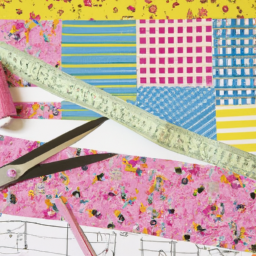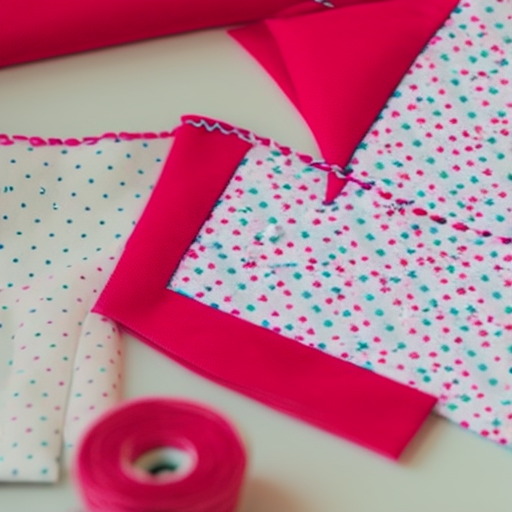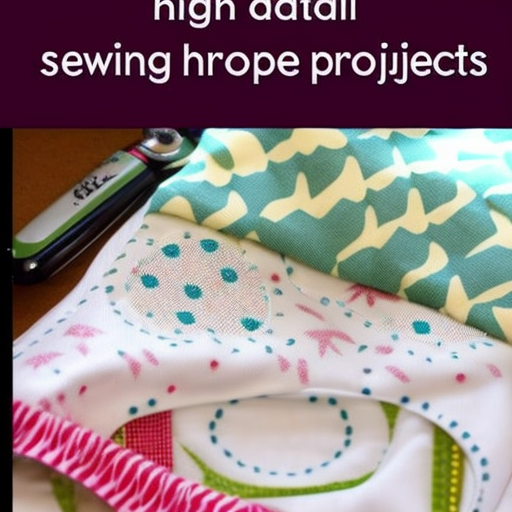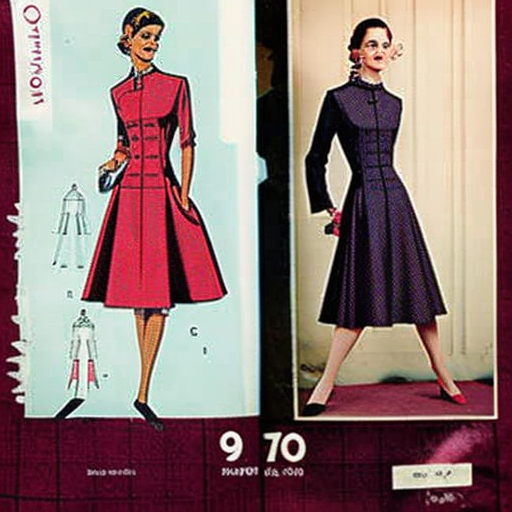
Introduction
Sewing has evolved from a traditional craft to a highly advanced technology-driven industry. Advanced sewing technologies revolutionize the way garments and textiles are produced, creating improved efficiency, precision, and automation in the sewing process.
Robotics in Sewing
One of the significant advancements in sewing technology is the integration of robotics. Robotic sewing machines are capable of performing intricate stitching patterns with remarkable speed and precision. These machines can handle complex tasks such as embroidering, quilting, and buttonholing, reducing human labor and time required per garment.
Furthermore, robotics allow for consistent seam quality due to their ability to maintain the same stitch length and tension throughout the production process. This feature significantly enhances the overall quality and durability of sewn products.
Computer Vision
Computer vision technology has greatly contributed to advanced sewing techniques. By utilizing cameras and specialized software, sewing machines can precisely detect fabric edges, patterns, and markings. This enables automated cuttings, alignments, and accurate stitching, eliminating the need for manual measurements and reducing human errors extensively.
Computer vision also enables the detection of defects or inconsistencies in the fabric, allowing for automatic adjustments in real-time. This functionality ensures a higher level of quality control, leading to improved finished products.
Automation and IoT
With the advent of the Internet of Things (IoT), advanced sewing technologies have become highly automated. Sewing machines can now seamlessly communicate with other machines and systems in the production line, enhancing overall coordination and efficiency. Data exchange between machines allows for synchronized operations, optimizing production schedules and minimizing downtime.
IoT integration also facilitates remote monitoring and control of sewing machines, empowering manufacturers to manage their production lines from anywhere in the world. Real-time analytics help identify potential production bottlenecks and allow for proactive measures to maintain optimal productivity.
Conclusion
Advanced sewing technologies have revolutionized the garment and textile industry by introducing robotics, computer vision, and automation. These technologies have significantly improved production efficiency, precision, and quality control. As technology continues to advance, we can expect further innovations in sewing technology, enabling manufacturers to produce intricate, high-quality garments with even greater speed and accuracy.





Love the idea of using technology to improve sewing! #SewLuv
John Doe: Glad to see how advanced sewing technologies are becoming. #sewerpros
Such a great way to modernize and simplify the art of sewing! # technosewnlove
Amazing! Can’t wait to see the outcome of these techniques #sewcrazyimpressed
Such a great way to modernize and simplify the art of sewing! # technosewnlovernMikaela Colon: Love the idea of using technology to improve sewing! #SewLuv
John’s comment adds to the conversation by acknowledging the incorporation of modern technologies into sewing and how great that progressive idea is. #techsewingevolution